AI Technology Trends in 2022
Oct 11, 2021 12004 seen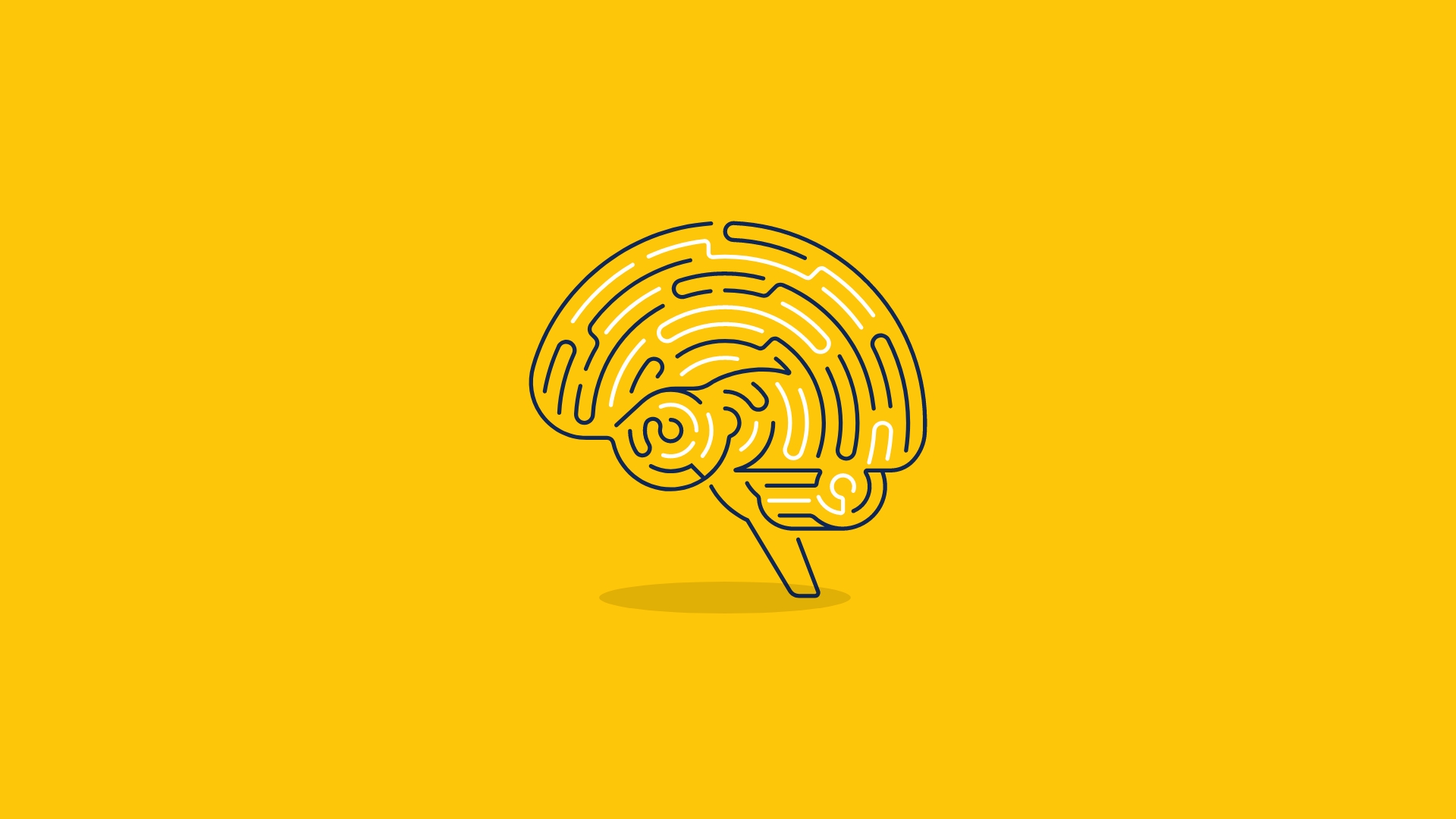
AI keeps its development. Day by day you can find more companies that adopt AI in their work processes. AI also can be leveraged to improve the stakeholder experience as well.
So today we will take a look at the top AI trends expected in 2022.
1. Greater Cloud and Artificial Intelligence collaboration

Artificial intelligence will play a significant role in the widespread adoption of cloud solutions in 2022. Artificial intelligence will make it possible to track and manage cloud resources as well as the massive amounts of data available.
2. AI Solutions for IT
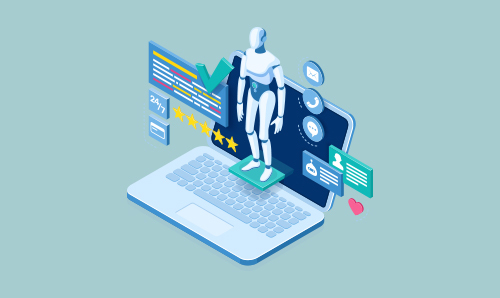
In 2022, the number of artificial intelligence solutions developed for IT infrastructure will increase. AI-powered solutions that can self-detect common IT issues and self-fix any small glitches or issues will increase in the coming years. This will reduce downtime and allow teams in the organization to work on highly complex projects and focus elsewhere.
We are seeing continuous growth in the adoption of AI in the IT industry. However, Simion predicts that organizations will use AI in production and start using it on a large scale. With artificial intelligence, an organization can get real-time ROI. This means that organizations will see their efforts pay off. AI software development tools aid in the democratization of programming and the efficiency of tasks. In addition, AI-powered tools help automate coding and error correction. How AI and Machine Learning Are Changing Software Development Artificial Intelligence and Machine Learning have completely changed the way software is developed. First, they add an automation element that allows software developers to focus on larger tasks, and they also allow innovation processes to progress much faster.
3. AIOps Trend in 2022
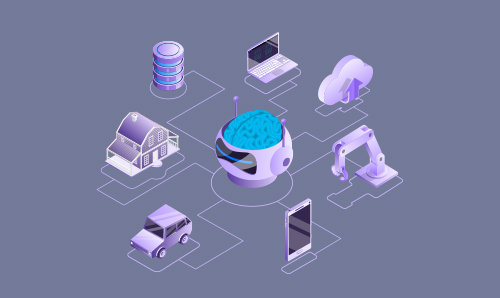
Over the past few years, the complexity of IT systems has grown. According to Forrester, vendors want platform solutions that integrate numerous monitoring disciplines, such as applications, infrastructure, and networks. IT operators and other groups can improve their key processes, decision-making processes, and tasks with AIOps solutions and improved analysis of incoming data volumes. Forrester advised CIOs to find AIOps vendors that enable team collaboration through end-to-end digital interactions, data correlation, and IT operations management tooling integration.
4. AI Will Help in Structuring Data

In the future, we will see more unstructured data being structured using natural language processing and machine learning. Organizations will leverage these technologies and create data that RPA or robotic process automation technology can use when they want to automate transactional activities in an organization. The only limitation it runs into is that it can only use structured data. AI can easily transform unstructured data into structured data that can provide specific output.
5. AI Ethics is the Focus

In 2022, organizations will share their experiences of using artificial intelligence to tackle major global challenges, drive innovation and economic growth, and ensure inclusion and diversity. As the ethics of AI becomes more and more important to organizations, data transparency and algorithmic fairness are two issues that are in the spotlight.
6. AI in Real-Time Video Processing

The problem of processing video streams in real-time is the processing of data pipelines. Engineers strive to ensure accuracy and minimize video processing latency. And AI solutions can help achieve that goal.
To implement an AI-driven approach to real-time video processing, we need a pre-trained neural network model, a cloud infrastructure, and a software layer to apply custom scripts. Processing speed is critical for live streaming, so all of these components must be tightly integrated. Parallelization of processes is achieved by splitting files or using a pipelined approach. This pipelined architecture is the best choice because it does not compromise the accuracy of the model and allows the AI algorithm to be used to process video in real-time without any complexity. You can also apply additional effects for the pipeline architecture, implying face recognition and blurring. You can find more information on this topic in our article on AI in real-time video processing.
7. AI-Driven QA and Inspection
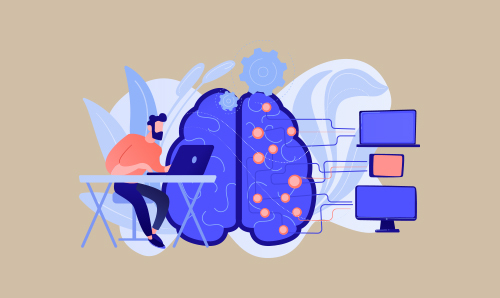
The most remarkable branch of computer vision is testing artificial intelligence. In recent years, this trend has flourished due to improved accuracy and productivity. Companies began investing both computing and financial resources to accelerate the development of computer vision systems. The intensive development of artificial intelligence is also associated with the rapid progress in the field of object detection in video frames
Automated production control involves analyzing products for compliance with quality standards. The methodology also applies to equipment monitoring.
Here are some examples of using AI validation:
-
Identification of product defects on the conveyor
-
Identification of defects in mechanical and body parts
-
Baggage check and aircraft handling
-
Nuclear power plant inspection
8. AI-Enabled Conceptual Design
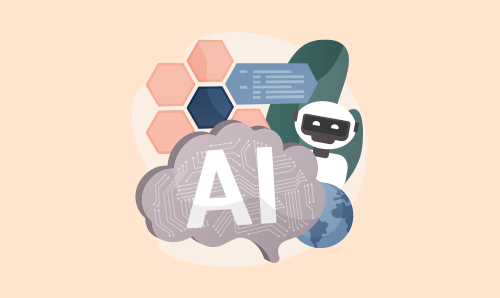
It's ideal for financial, retail, or healthcare use and well-defined repetitive tasks. But recently, OpenAI has developed two new models, called DALL · E and CLIP, that combine language and images to create a new visual design from a textual description.
Early work shows how models can be trained to create new designs. Examples include an avocado-shaped armchair, which was designed with the name "avocado armchair".
9. Low-Code and No-Code AI

A big obstacle to the implementation of AI-driven efficiency in many companies is the lack of skilled AI engineers who can create the necessary tools and algorithms. No-code and low-code solutions seek to overcome this by offering simple interfaces that could in theory be used to build increasingly complex AI systems. Just as web design and code-free user interface tools now allow users to create web pages and other interactive systems by simply dragging and dropping graphical elements together, code-free artificial intelligence systems will allow us to create intelligent programs by linking together various pre-built modules and providing them with data related to our subject area.
Technologies such as natural language processing and language modeling (see above) mean that it will soon be possible to use only our voice or written instructions. All of this will play a key role in the ongoing "democratization" of AI and data processing technologies.


